#GreenUp2019 is a month long challenge taking place this January, helping our audience make greener, cleaner decisions. For more information on the challenge, read here and follow along on our Instagram.
Whether or not we realize it, the laundry detergent we use affects us day to day, in a big way. From the clothes we wear to the sheets we sleep in, we spend almost 100% of our time covered in fabric that’s been cleaned with our detergent. It’s for this reason that we’ve decided to make laundry it’s entirely own category for #GreenUp2019!
We’re going to walk you through which chemicals to look for in your cabinets and what you can replace them with. Be sure to follow along on our Instagram, and post photos of your swaps or DIY concoctions using the hashtag #GreenUp2019 for the chance to win prizes! We’ll have a weekly winner, and a grand prize at the end of January.
Start Your Year Right. Join Us For Our #GreenUp2019 Challenge.
![]()
chemicals to avoid
These are a few of the most common chemicals to avoid in your laundry detergents. This week, try taking everything off your laundry room shelves and toss anything using these ingredients.
1. “fragrance”
This is one of the main problems, and the focus of the two studies above. Manufacturers combine a number of chemicals to produce a fragrance—so you’ll believe your clothes are clean because they smell clean—and they don’t have to list those chemicals on the label because of trade protection. As we’ve seen, some of those chemicals can be very toxic.
2. surfactants
These are included in the formula to help the product clean better.
Examples include chemicals like quaternium-15 (known to release formaldehyde, a known carcinogen), diethanolamine (linked with skin and eye irritation and possibly liver problems), nonlphenol ethoxylate or NPE (toxic to nerves, irritating to skin, potential hormone disruptor, toxic to aquatic life), linear alkyl benzene sulfonates or LAS (irritating to skin and eyes and toxic to aquatic life; benzene on its own is a carcinogen), and petroleum distillates (linked to cancer and lung damage).
3. stabilizers
These chemicals help stabilize the formula, so that it lasts longer on the shelf. Examples include polyalkylene oxide or ethylene oxide, which are linked with eye and lung irritation, and even dermatitis.
4. bleach
Bleach may be used separately or may be included in the detergent itself. It’s known to irritate skin, eyes, and lungs, and when it mixes with wastewater, it can form toxic organic compounds that have been linked with respiratory issues, liver, and kidney damage.
5. 1,4-dioxane
This is a chemical by-product of detergent manufacturing. In independent tests, Women’s Voices for the Earth found 89 parts per million (ppm) in Tide Free & Gentle and 63 ppm in regular Tide. They helped increase awareness, and Proctor & Gamble agreed to reformulate to reduce levels to below 25 ppm. Future tests should show whether they made good on that promise.
6. phosphates & edta
Manufacturers use these to make detergents more effective in hard water, and to help prevent dirt from settling back on clothes when they’re washing. These chemicals have long been associated with environmental damage, particularly in our streams and waterways. They cause algae blooms that damage ecosystems.
Many detergents have eliminated these, but they’re often using ethylene diamine tetraacetic acid (EDTA) in its place, which does not readily biodegrade, and has been found to be toxic in animal studies.
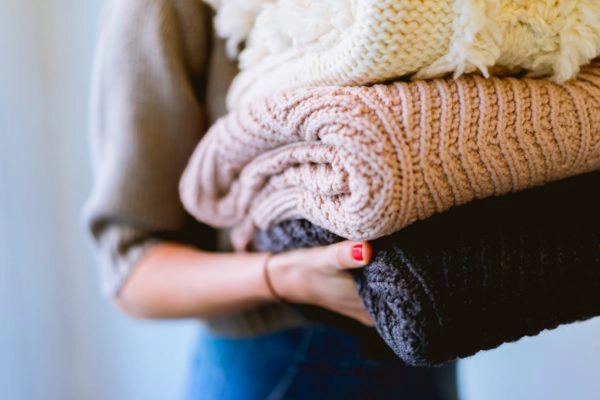
products to use instead
The good news is that we don’t have to expose ourselves to these chemicals—there are several options when it comes to cleaner, greener laundry. These are a few options that are better for your body, and better for the environment.
INGREDIENTS TO LOOK FOR
If you’re opting to purchase a new detergent, look for ingredients like Sodium Sulfate, Sodium Cocoate, Sodium Carbonate, and Sodium Bicarbonate when shopping for a green laundry detergent. They have all received an “A” from the Environmental Working Group, and are commonly found in more eco-friendly products. You can check out many laundry detergents against the Environmental Working Group’s database.
Additionally, adding a bit of baking soda to your wash cycle will naturally brighten colors, without the clingy, skin irritating chemicals. One of our tried and true methods is, instead of using strong cleaners and chemical-laden stain removers, simply pre-treat your stain with a combination of washing soda, baking soda, and water before washing.
OUR RECOMMENDATIONS
We’ve shared MyGreenFills with our audience before in a WeHeart feature, and we stand by our recommendation! Please note that we recommend their unscented line (just check I Prefer My Laundry Unscented when selecting your package from their online shop.)
Their line is made with plant-based, nontoxic ingredients that are better for your skin, and better for the planet. Not to mention, they operate on a refillable model, where you can refill your jugs with their detergent. This is perfect if you’re also trying to reduce your waste this year!
We also share Meliora last week on our post about household cleaners, but we also love their laundry powder! Not only is it clean and green, but it is Made Safe certified and receives an A from the Environmental Working Group.
DIY Laundry Detergent
If you’d like to go the DIY route and make your own laundry detergent, this is our tried and true recipe.
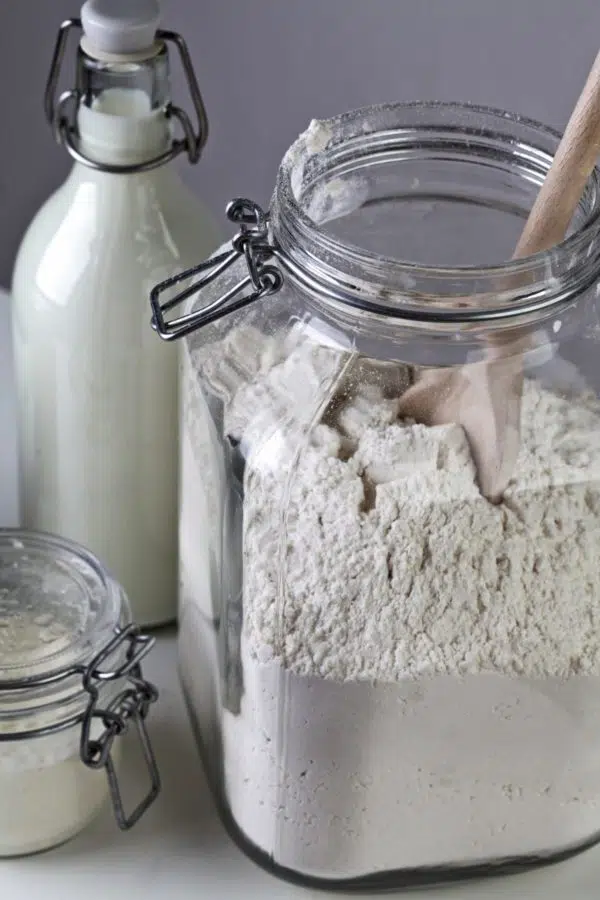
Ingredients
1 cup Sodium Carbonate (commonly branded as Washing Soda)
1 cup Borax
1 bar soap (Look for a clean, natural brand – we love Dr. Bronner’s bar soap!)
Instructions
Grate the bar of soap on a cheese grater, or place in a food processor or industrial blender until you create a fine powder. Combine with the other ingredients and store in a canning jar. Use 2 tablespoons per load of laundry.
How has your #GreenUp2019 challenge been going? Share your experience with us in the comments!
Start Your Year Right. Join Us For Our #GreenUp2019 Challenge.
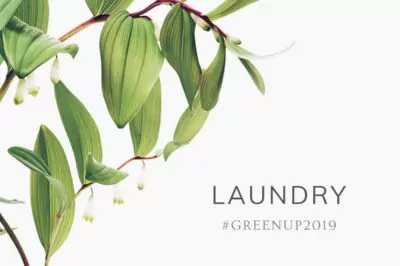

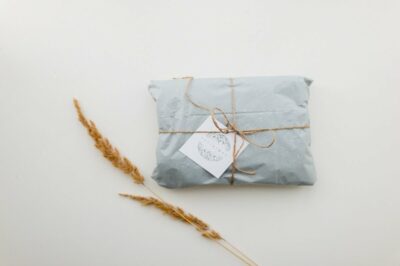

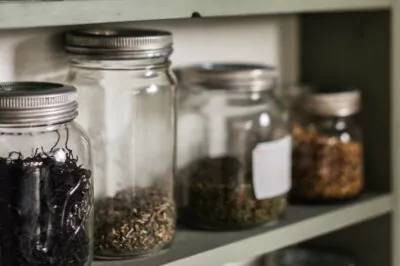
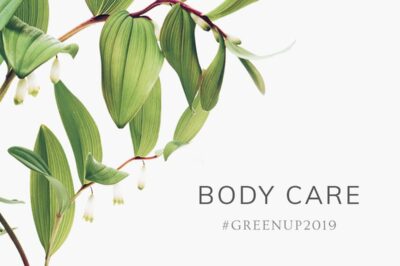
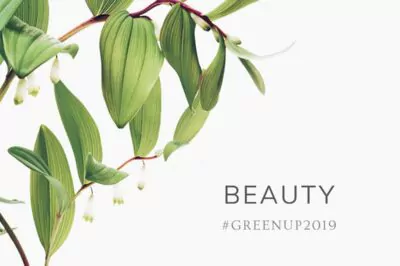
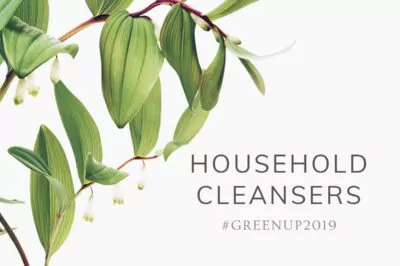
Can the diy laundry recipe be used in a front load washer? I have been using Persil from Europe, for many years and have seen the less expensive made in US brand but find it works differently. So I would like to make my own and your recipe sounds perfect.